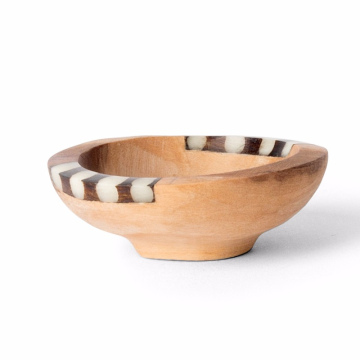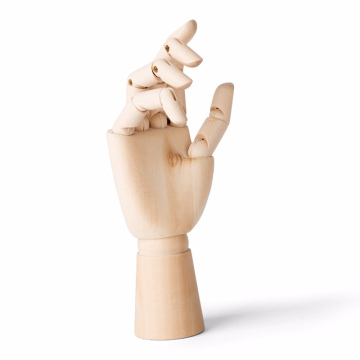A Brief History of the Spanish Monarchy
The roots of the Spanish monarchy can be traced back to the late 15th century when the kingdoms of Castile and Aragon united through the marriage of Ferdinand II of Aragon and Isabella I of Castile in 1469. This pivotal union laid the foundation for a unified Spanish kingdom, which became a significant player in European and global affairs. Following their ascent to the throne, Ferdinand and Isabella initiated significant reforms and territorial expansion, notably marking the beginning of the Spanish conquest of the Americas in the early 16th century, which led to a vast empire and enriched the kingdom with new resources and wealth.
Over the centuries, the Spanish monarchy witnessed the rise and fall of various dynasties, notably the Habsburgs and the Bourbons. The Habsburgs ruled from the early 16th century and contributed greatly to Spain’s power during the Golden Age. However, by the 18th century, the dynastic shift to the Bourbon family began, marked by the War of Spanish Succession and the establishment of Philip V as the first Bourbon king of Spain. This resulted in significant administrative reforms and a renewed focus on modernizing the monarchy.
The 20th century was particularly tumultuous for the Spanish monarchy, with the Spanish Civil War (1936-1939) leading to the establishment of a dictatorship under Francisco Franco. Following Franco's death in 1975, Spain transitioned to democracy, resulting in the restoration of the monarchy. King Juan Carlos I, a Bourbon, played a crucial role in this period, guiding Spain towards a constitutional monarchy that emphasized the rule of law and democratic governance. Today, the Spanish monarchy continues to symbolize both history and tradition, reflecting the complexities of Spain's past and its evolution into a modern state.
The Role of the Monarchy in Contemporary Spain
The Spanish monarchy has undergone significant evolution since the transition to democracy in 1978, largely defined by the constitutional framework that delineates its functions and responsibilities. According to the Spanish Constitution, the monarchy serves as a key figure in the country’s parliamentary system, where the monarch operates as the head of state. In this capacity, King Felipe VI symbolizes the unity and continuity of the Spanish nation, representing Spain in various international affairs and engagements. His role is primarily ceremonial, providing a sense of stability and representation at formal state functions, both domestically and abroad.
King Felipe VI, who ascended the throne in 2014, has also taken on the responsibility of promoting national unity and fostering a strong identity among the Spanish people. His public engagements often include outreach to different regions, particularly in times of political tension or crisis, demonstrating his commitment to being a unifying figure. The monarch’s involvement extends beyond politics; the royal family actively participates in numerous charitable initiatives, enhancing social cohesion and supporting various causes throughout the country. This involvement of the monarchy in charity is perceived positively, reflecting their dedication to societal well-being and the welfare of citizens.
The contemporary perception of the monarchy in Spain is complex and multifaceted. While there exists a segment of the population that supports the monarchy’s role, viewing it as an essential institution for national identity, others express skepticism, particularly in light of recent political and financial controversies surrounding members of the royal family. Public opinion can fluctuate, influenced by various factors such as the monarch's actions, transparency on issues, and media portrayal. However, the King's efforts to modernize the monarchy and engage with the public have played a pivotal role in shaping a more positive narrative, highlighting the monarchy’s relevance in contemporary Spanish socio-political life.
The Cultural and Traditional Significance of the Spanish Monarchy
The Spanish monarchy represents a cornerstone of the nation’s cultural heritage, embodying centuries of history, tradition, and national identity. From its establishment, the monarchy has been integral in shaping various aspects of Spanish society, including art, music, and literature. Royal customs and ceremonies provide a glimpse into the historical continuity that underscores the significance of the monarchy in contemporary Spain.
Traditional ceremonies, such as the annual celebration of the Feast of the Kings and royal weddings, highlight the strong connection between the monarchy and festive national expressions. These events garner significant public interest, often becoming a focal point of cultural pride and unity. The spectacle of such celebrations fosters a collective reverence for heritage, demonstrating how the monarchy serves to connect the past with the present.
The impact of the Spanish monarchy extends extensively into the arts. For centuries, the monarchy patronized numerous artists, contributing to the rich tapestry of Spanish culture. Renowned painters, musicians, and writers have drawn inspiration from royal stories and traditions, resulting in a wealth of artistic expression that highlights the country’s illustrious history. The allure of royal narratives continues to pervade literary works, imbuing them with a sense of tradition and intrigue.
Moreover, royal palaces like the Royal Palace of Madrid stand as powerful symbols of national significance. These architectural masterpieces not only provide insight into the lifestyle and power of past monarchs but also serve as venues for important state events. As custodians of history, they link modern Spain to its royal lineage, underlining the monarchy's role in preserving the cultural heritage of the nation.
In conclusion, the Spanish monarchy plays an essential role in upholding and showcasing the nation’s cultural and traditional significance, creating a lasting bond between generations while reinforcing a shared national identity.
Challenges and Future of the Spanish Monarchy
The Spanish monarchy has faced numerous challenges in the 21st century, each prompting intense public scrutiny and debate regarding its relevance in contemporary society. One of the most significant issues is the Catalan independence movement, which has raised questions about national identity and the monarchy's role within it. This regional push for independence has not only polarized citizens but has also compelled the institution to navigate its ties with regions that feel marginalized. The royal family's role in promoting national unity is often scrutinized in light of these sentiments, as many individuals in Catalonia express their dissatisfaction with central authority.
Additionally, political controversies surrounding the monarchy cannot be overlooked. The royal family has been impacted by scandals that have stained its reputation, leading to widespread criticism and calls for reform. An example is the legal troubles encountered by former King Juan Carlos I, which have severely tarnished the monarchy's image. These incidents have sparked debates about the monarchy's transparency and accountability, challenging its status as a symbol of stability in Spanish society.
Amidst such trials, discussions surrounding the future of Spain's monarchy intensify. Public opinion appears to be gradually shifting, with an increasing number of citizens advocating for reform or even transitioning to a republican system of governance. As societal values evolve, it is crucial for the monarchy to adapt. This may involve implementing reforms to enhance transparency and better represent the diverse views of the populace. Ultimately, the monarchy's survival may depend on its ability to transform itself and stay in tune with modern expectations of leadership and accountability. The future of the Spanish monarchy will be determined by its capacity to engage with these pressing issues while maintaining its unique historical significance.








